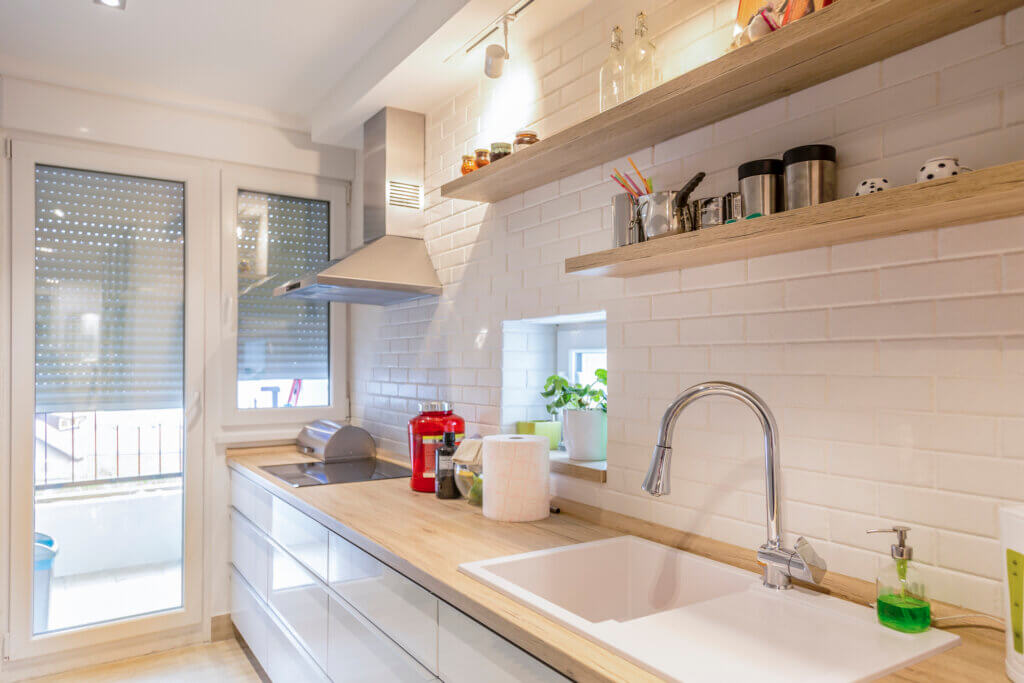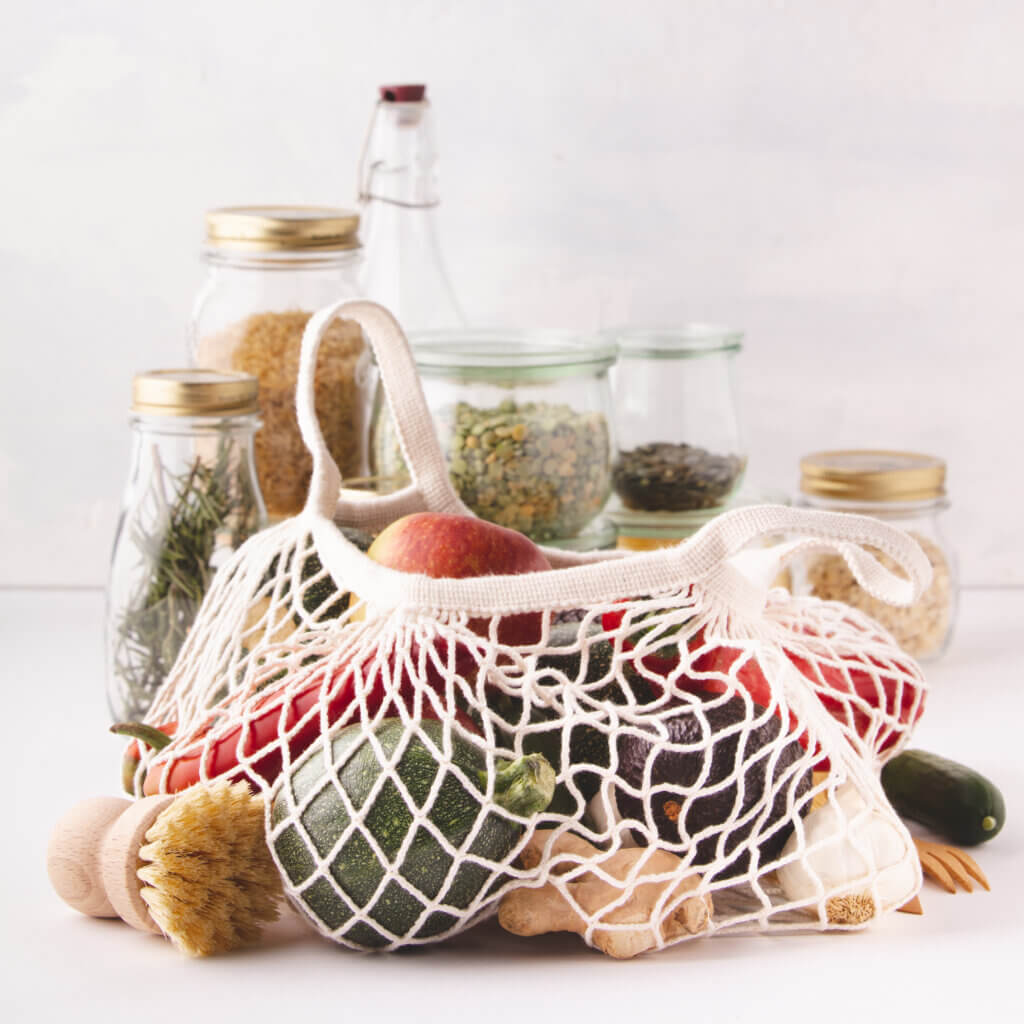The kitchen, often described as the heartbeat of a home, is the room where you can experiment with new cooking styles and make lasting memories with loved ones. Unfortunately, the kitchen can also create a large amount of traditional and energy waste. Keep reading to discover five small steps you can take to create a more eco-friendly home and save on your electricity bill.
One small way to cut down on kitchen waste is to purchase food products that use recyclable packaging. At Nielsen-Massey Vanillas, we have a long history of following ethical business practices to help protect the environment, people and communities who supply our ingredients. One way we live up to this commitment is in our packaging. All our products are sold in recyclable glass containers. The dark brown glass also helps protect the integrity of our ingredients to ensure your family’s next meal is packed with flavor.
You can easily reduce both your electricity waste and bill by switching all your lights to LED lightbulbs. LED lightbulbs use up to 80 percent less energy than traditional, incandescent lightbulbs and last up to 25 times longer. In addition, many traditional lightbulbs contain mercury and require a special disposal process—something you don’t have to worry about with LED lighting.
Use a dishwasher when possible to limit water use versus washing all your dishes by hand. When you use a dishwasher, you use only three gallons per load, as opposed to the average 27 gallons of water per load when cleaning by hand! Do your best to wait until you have a full load before starting your dishwasher to minimize the amount of water.
However, we know not all your favorite pots and pans are dishwasher safe. When washing dishes by hand, you can limit water usage by turning off the faucet in between dishes. If you have a double bowl sink, fill one side with water for washing and use the other side for short rinses, being sure to turn the water off quickly after each dish.

Though functional and convenient, plastic poses a real risk to the environment because it is difficult to recycle. A study from National Geographic predicts that by year 2050, plastic trash will outweigh the fish population. You can reduce plastic waste (and save money) by following these three tips:

The products you use to clean your kitchen can negatively affect the environment and the overall health of your home. Cleaning chemicals enter our water systems when we rinse or pour them down the drain, and they can also find their way into our atmosphere through evaporation. Purchase eco-friendly cleaning products or create your own with ingredients like lemon, baking soda and vinegar to minimize these effects.
Small changes like the ones above can have a big impact on the environment and your checking account. Tell us about other ways you are keeping your kitchen green with #NielsenMasseyInspires.